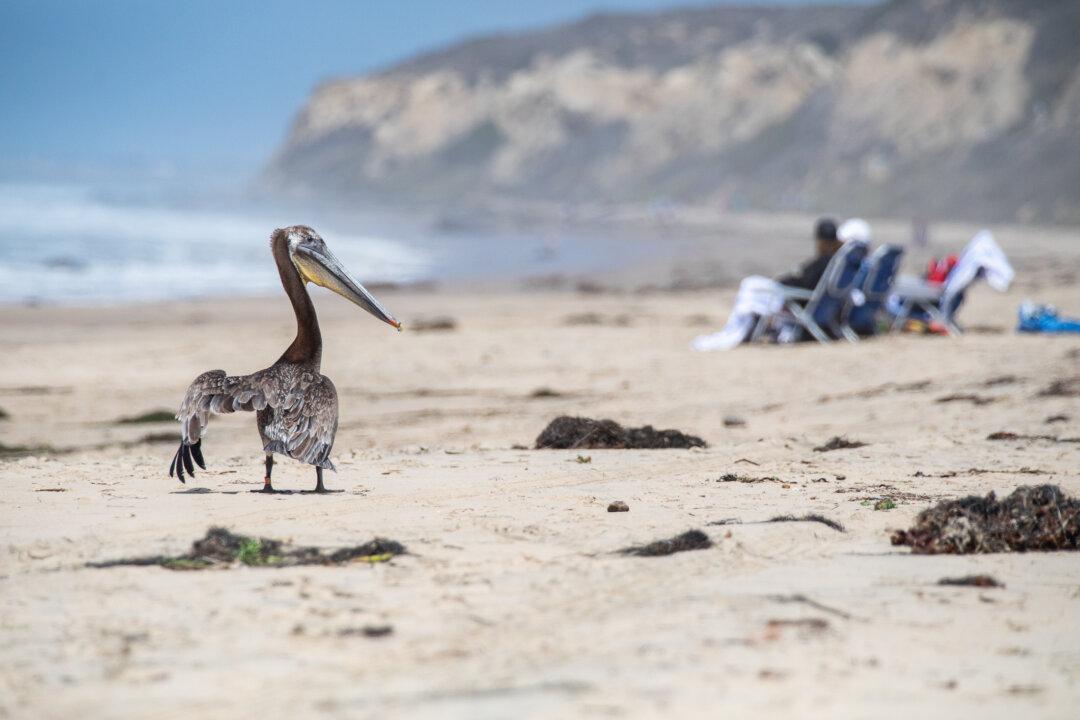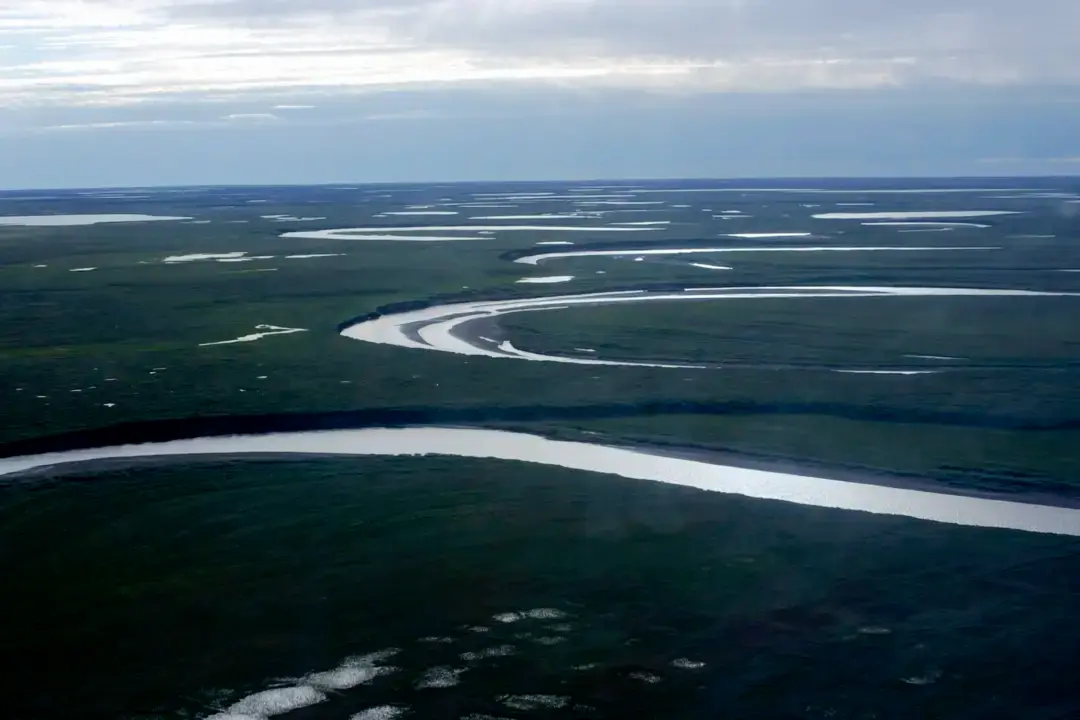NEWPORT BEACH, Calif.—A “red tide” algae bloom off the coast of Newport Beach is not particularly toxic to humans but can cause hypothermia and death in birds, according to a marine biologist studying the case.
The Wetlands and Wildlife Care Center in Huntington Beach alerted the public to the Newport Beach area’s red tide April 25.





